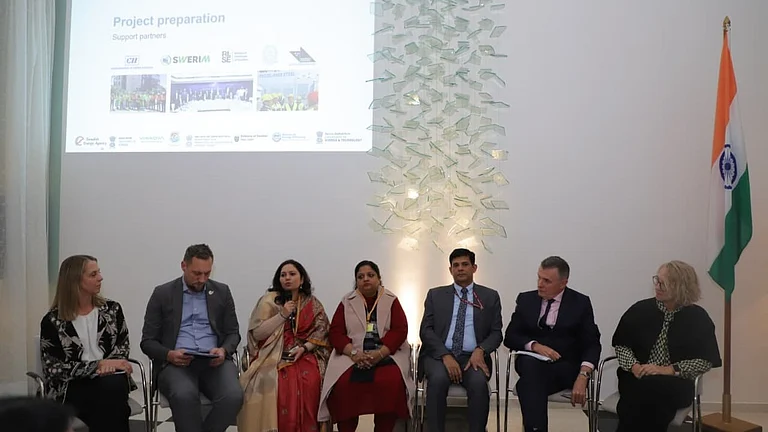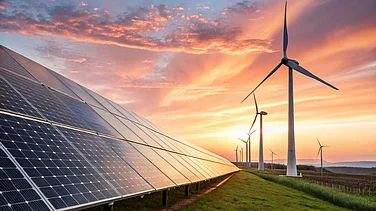The green cover in India has absorbed more carbon than it emitted annually in the last decade, but the rate of sequestration declines during extreme climate events such as drought, a study has revealed.
The study by researchers at the Indian Institute of Science Education and Research (IISER), Bhopal, also stressed the critical role of vegetation in climate change mitigation and adaptation.
Green vegetation absorbs carbon dioxide (CO2) from the atmosphere through photosynthesis and releases it back into the air through respiration.
Researcher and co-author of the paper, Aparnna Ravi, said that this level of carbon sequestration is impressive but tends to decline in response to climate extremes, emphasising the critical role of vegetation in climate change mitigation and adaptation. Scientists also studied how different types of vegetation across India help absorb CO2 each year.
Pillai said that evergreen forests in India are highly efficient in capturing CO2 through photosynthesis. However, the deciduous forests in central India release more carbon into the atmosphere during respiration than they absorb during photosynthesis.
India Strengthens Climate Action
The Government of India reaffirmed its commitment to climate action through legislative, regulatory and administrative measures. In a written reply to parliamentary question in the Lok Sabha on February 10, Union Minister of State for Environment, Forest and Climate Change, Kirti Vardhan Singh outlined schemes and initiatives aimed at mitigating environmental degradation and promoting sustainability, reported ET Government.
The National Clean Air Programme (NCAP) launched in 2019, aims to reduce particulate matter levels by up to 40% by 2025-26, using real-time data tracking via the ‘PRANA’ portal.
A regulatory framework for a circular economy has been established, mandating manufacturers under the Extended Producer Responsibility (EPR) regime to recycle end-of-life waste, including plastic, tyres, batteries, used oil and e-waste.
Launched on June 5, 2024, the ‘Mangrove Initiative for Shoreline Habitats & Tangible Incomes’ restored 22,561 hectares of mangroves across 13 states and UTs. Additionally, the Nagar Van Yojana aims to develop 600 Nagar Vans and 400 Nagar Vatikas by 2026-27, promoting urban greenery and biodiversity.
Mission LiFE (Lifestyle for Environement), launched globally in October 2022, promotes sustainable living practices, like water conservation, waste reduction and energy efficiency. The Ministry has introduced the Eco-Mark Rules which promotes eco-friendly products and responsible consumption.
On World Environment Day 2024, Prime Minister Narendra Modi launched the ‘Ek Pe Maa Ke Naam’ (#Plant4Mother) campaign, planting 109 crore saplings by January 2025, with a goal of reaching 140 crore trees by March 2025.
India has expanded its protected areas, from 745 in 2014 to 1,022, covering 5.43% of the country. The number of community reserves has increased from 43 to 220, with 57 tiger and 33 elephant reserves for a better habitat protection.
India continues to align with its target of achieving net-zero emissions by 2070, as outlined in its Nationally Determined Contributions (NDCs) and the National Action Plan on Climate Change (NAPCC). Between 2005 and 2020, India reduced its emissions intensity by 36%.
India is proactive in climate action, implementing the principles of equity and sustainable development as per the Paris Agreement. The government’s initiatives to mitigate environmental challenges while upholding economic growth and social well being are essential to achieving climate resilience and sustainability in the coming years.
(With inputs from PTI.)






























